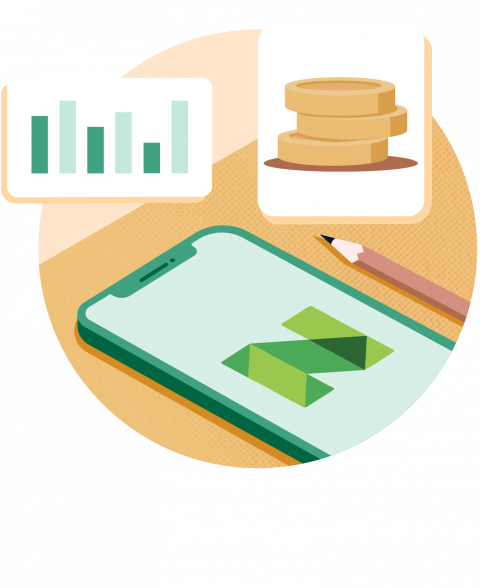Reading Essentials and Study Guide Chapter 3 the Constitution
Bankruptcy is one of the fastest and most effective ways to find debt relief . Most consumers who follow this path will file for Chapter 7 bankruptcy or Chapter 13 bankruptcy. Which is best depends on the individual's assets and financial goals.
To help you understand the difference between Chapter 7 and Chapter 13 bankruptcy, here's a breakdown of each type and whom they're best for. Regardless of which you might choose, bankruptcy may be the best option if:
-
Your monthly consumer debt payments are greater than 50% of your monthly take-home pay.
-
You're facing lawsuits from creditors.
-
You see no way to pay off your debt within five years.
What's the difference between Chapter 7 and Chapter 13 bankruptcy?
The main differences of Chapter 7 vs. Chapter 13 bankruptcy are the eligibility requirements, how debts are resolved and the time frame.
Check out this table to get an understanding at a glance:
| Chapter 7 | Chapter 13 |
|---|---|
| Form of bankruptcy: Liquidation. | Form of bankruptcy: Reorganization. |
| Eligibility:
| Eligibility:
|
| How long it takes to achieve a discharge: Usually under six months. | How long it takes to achieve a discharge: Usually three to five years, depending on the repayment plan. |
| Mark on credit report: Remains on your credit report for 10 years from filing date. | Mark on credit report: Remains on your credit report for 7 years from filing date. |
| Benefits:
| Benefits:
|
| Drawbacks:
| Drawbacks:
|
Which is better: Chapter 7 or Chapter 13?
Which form of bankruptcy is best for you depends on your financial situation and goals.
To determine whether Chapter 7 or Chapter 13 bankruptcy is best for you, consult with a bankruptcy attorney . You'll want to ensure that your problem debts can be handled by bankruptcy and that you're in a position to make the most of the fresh start that bankruptcy offers.
Most consumers opt for Chapter 7 bankruptcy, which is faster and cheaper than Chapter 13. The vast majority of filers qualify for Chapter 7 after taking the means test , which analyzes income, expenses and family size to determine eligibility. Chapter 7 bankruptcy discharges, or erases, eligible debts such as credit card bills, medical debt and personal loans. But other debts, like student loans and taxes, typically aren't eligible. And Chapter 7 doesn't offer a route to get caught up on secured loan payments, like a mortgage or auto loan, and it doesn't protect those assets from foreclosure or repossession.
In some instances, a bankruptcy trustee — an administrator who works with the bankruptcy courts to represent the debtor's estate — may sell nonexempt items, meaning belongings that are not protected during bankruptcy. Nonexempt items vary according to state law.
Chapter 13 bankruptcy may be better for those who don't qualify for a Chapter 7 filing, for instance, if their income is too high. And some who qualify for Chapter 7 may still choose to file for Chapter 13 because they want to retain certain assets or get caught up on their mortgage payments. However, Chapter 13 repayment plans are challenging: All disposable income after certain allowances has to be directed toward repaying debt over three to five years.
See the full picture of your debt
Track your loans, card balances, and more — all together on one screen.

Reading Essentials and Study Guide Chapter 3 the Constitution
Source: https://www.nerdwallet.com/article/finance/chapter-7-vs-chapter-13
Belum ada Komentar untuk "Reading Essentials and Study Guide Chapter 3 the Constitution"
Posting Komentar